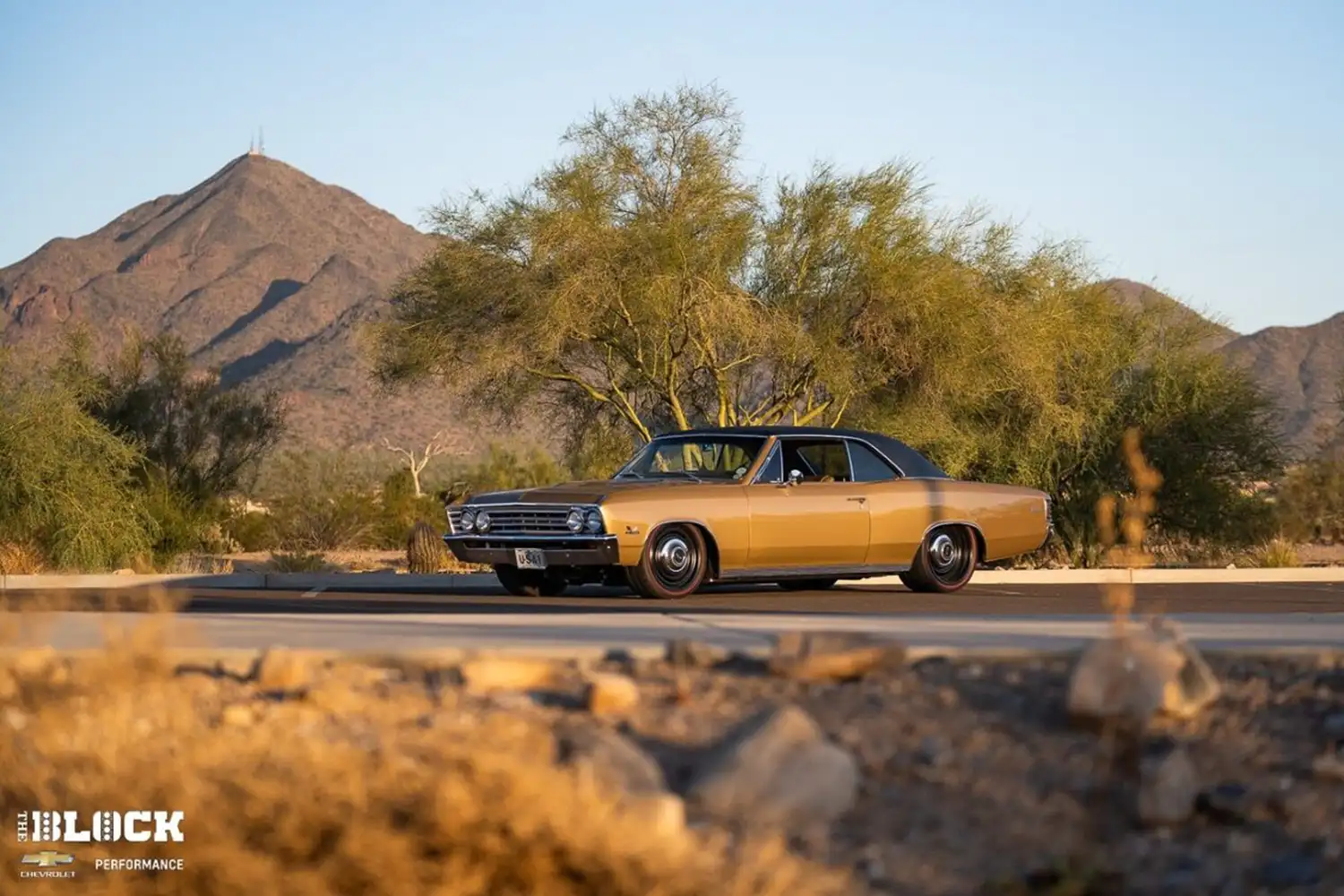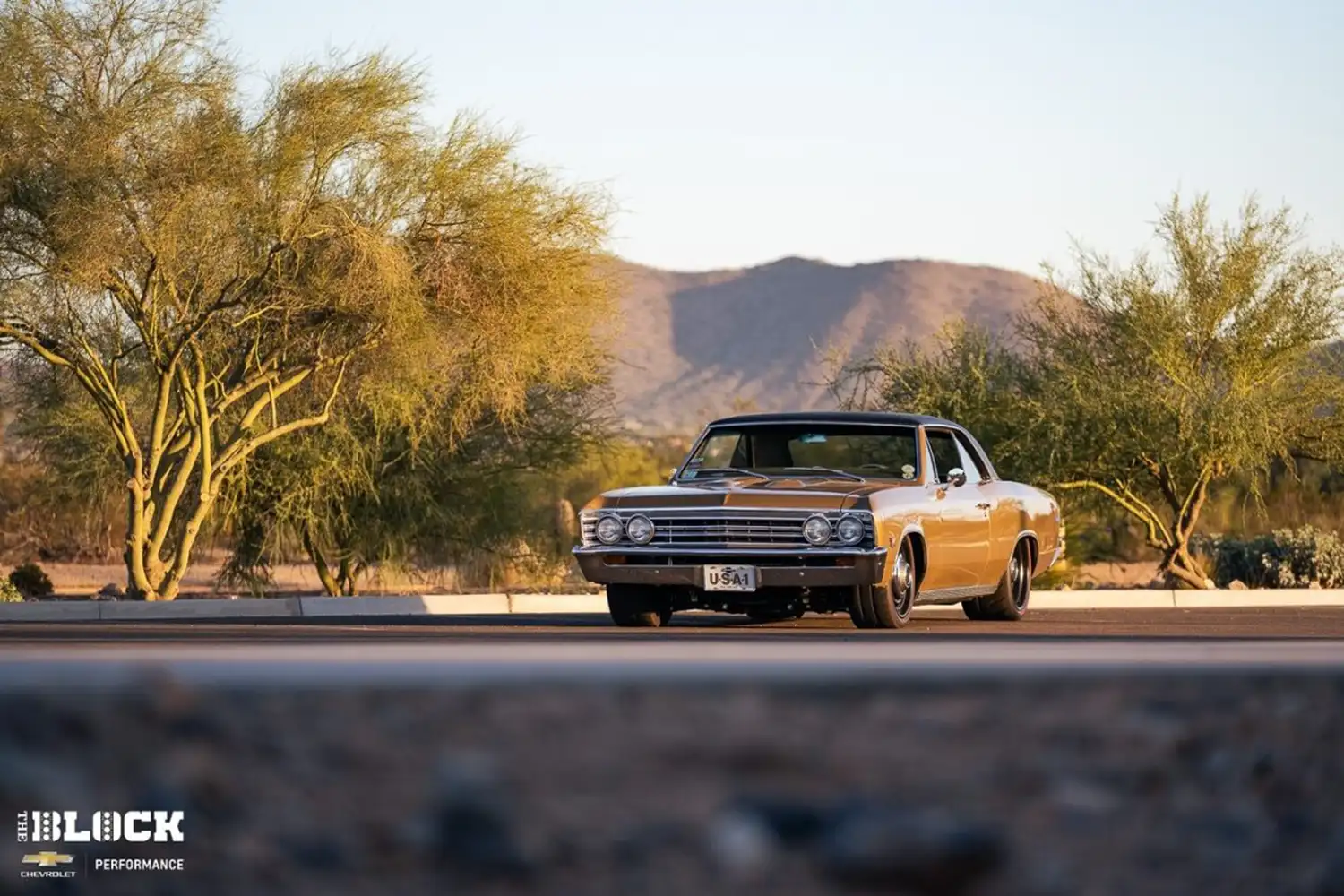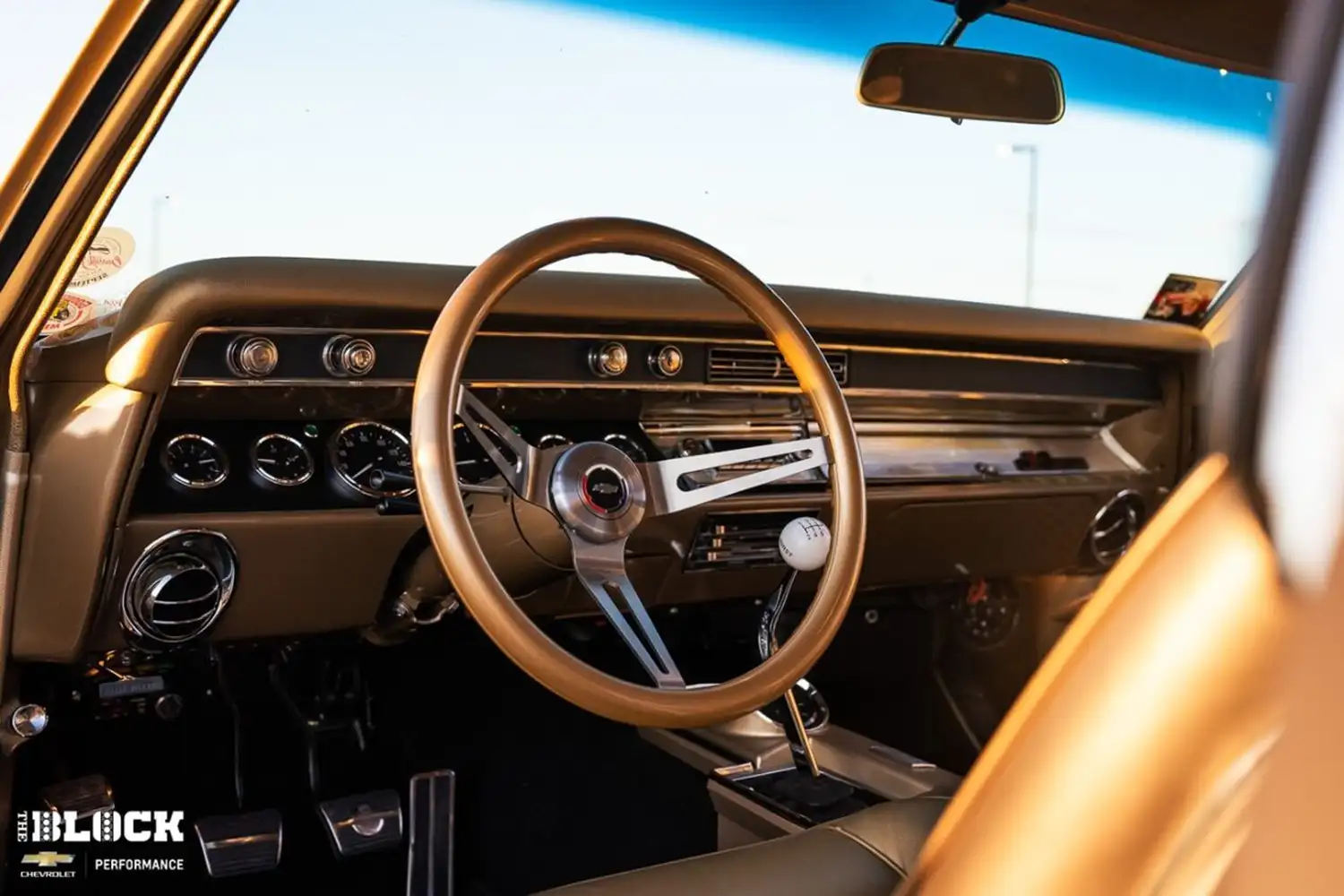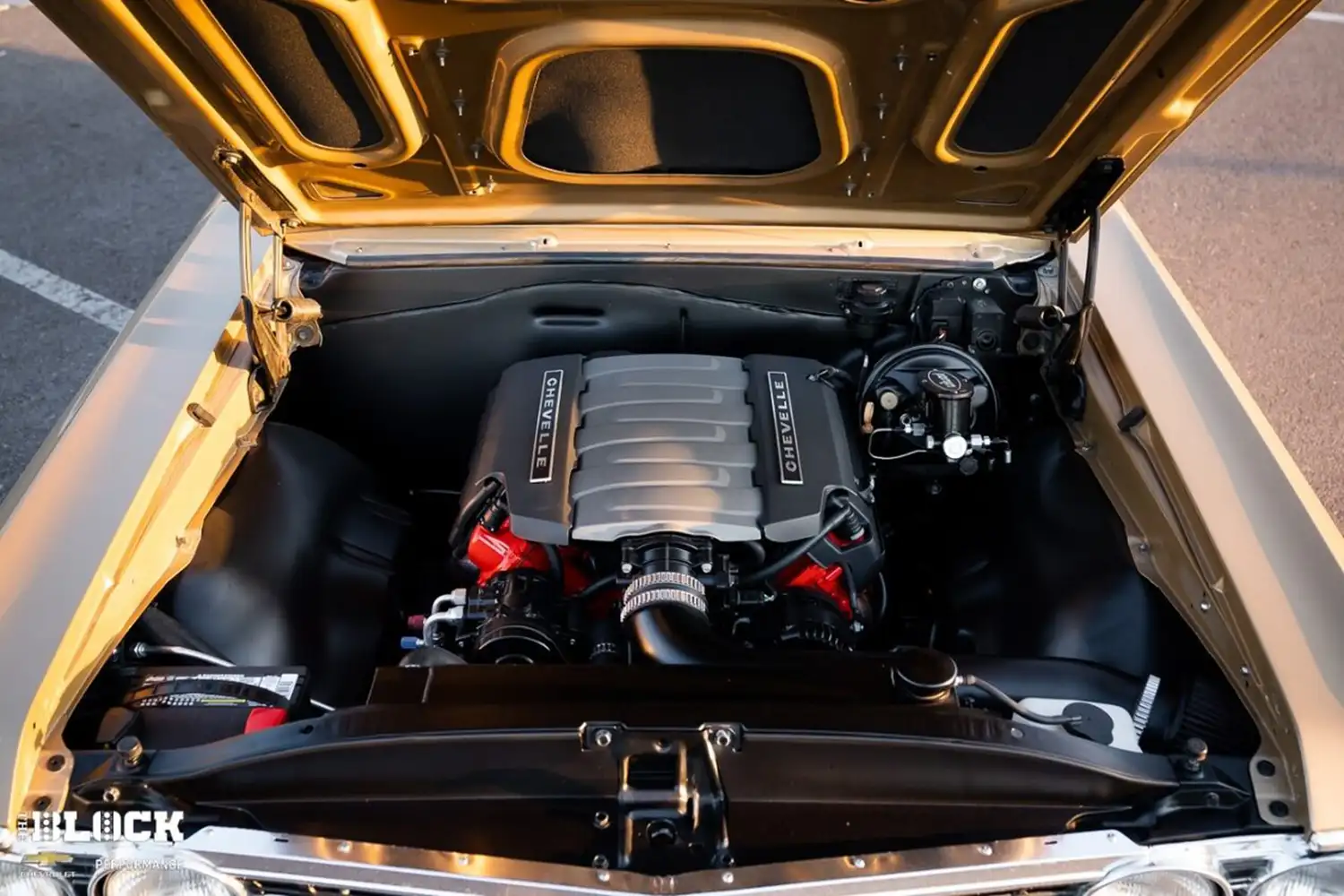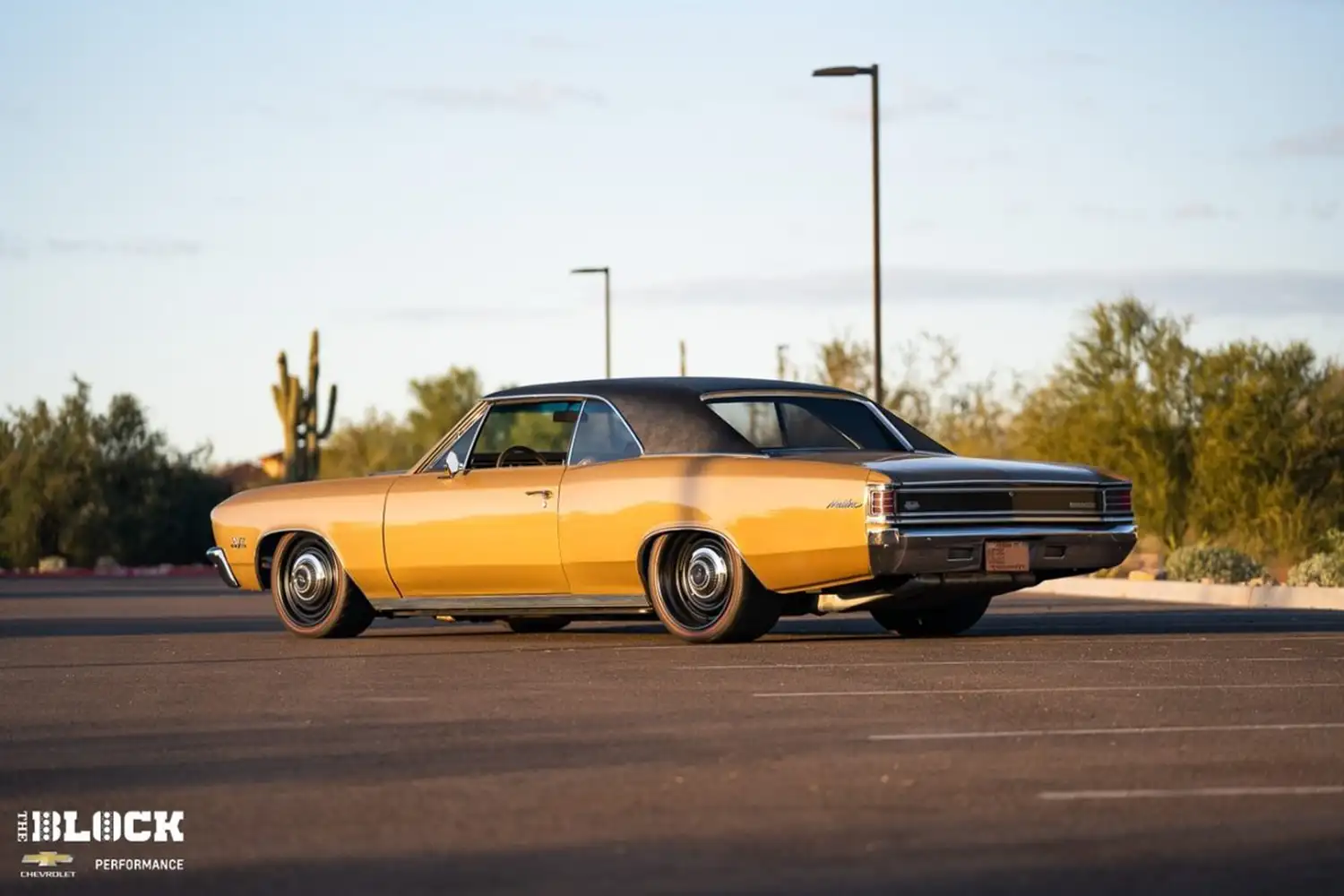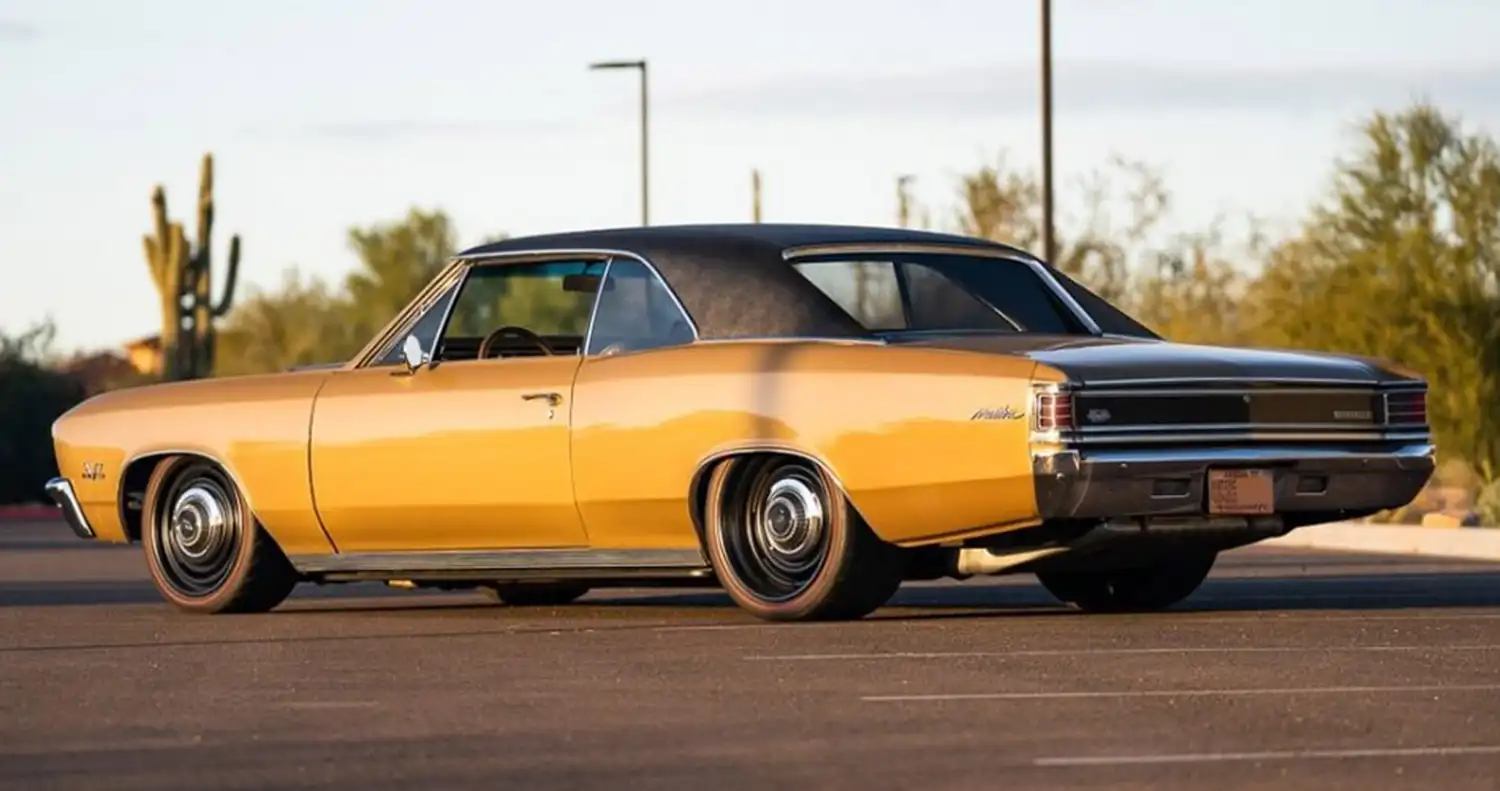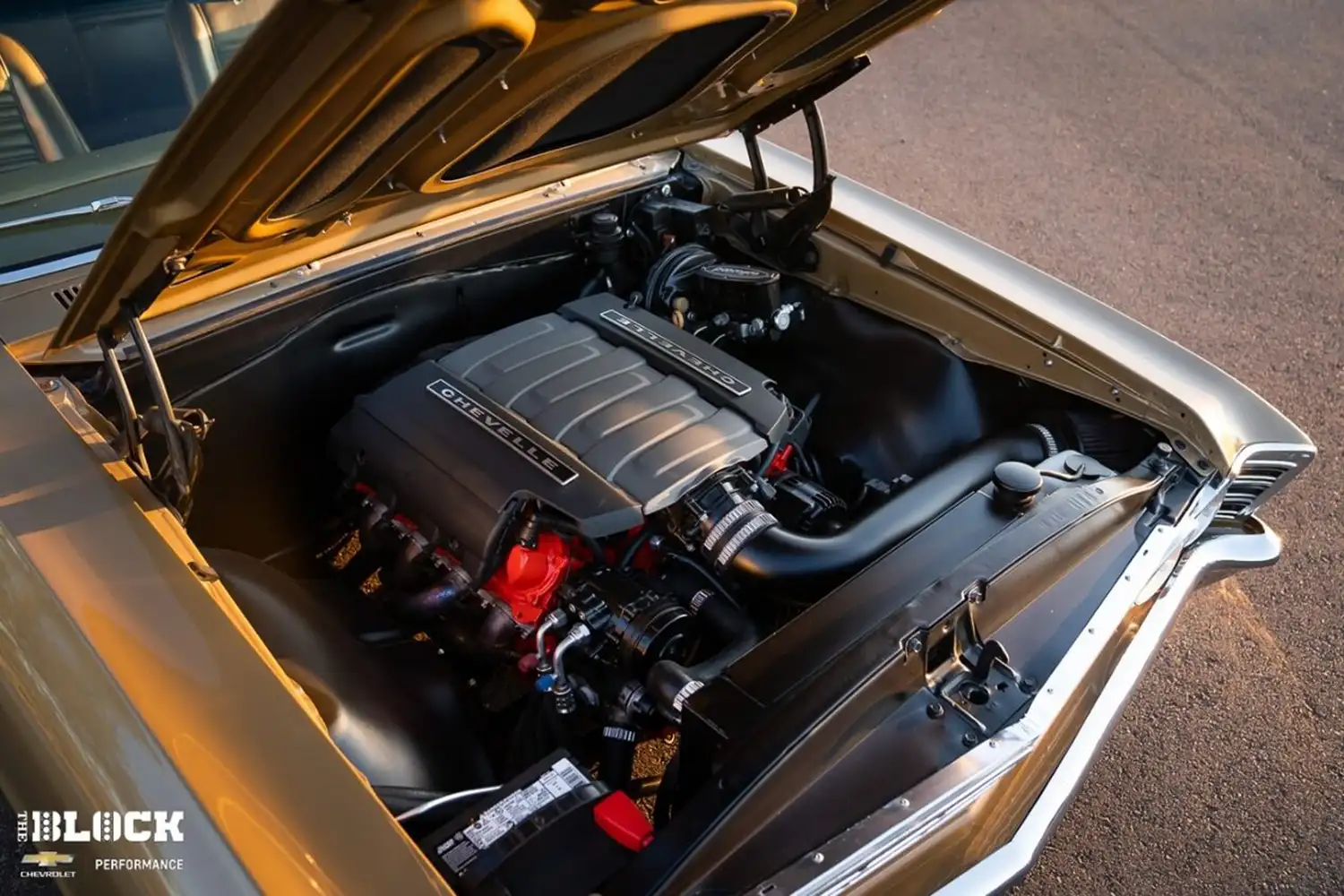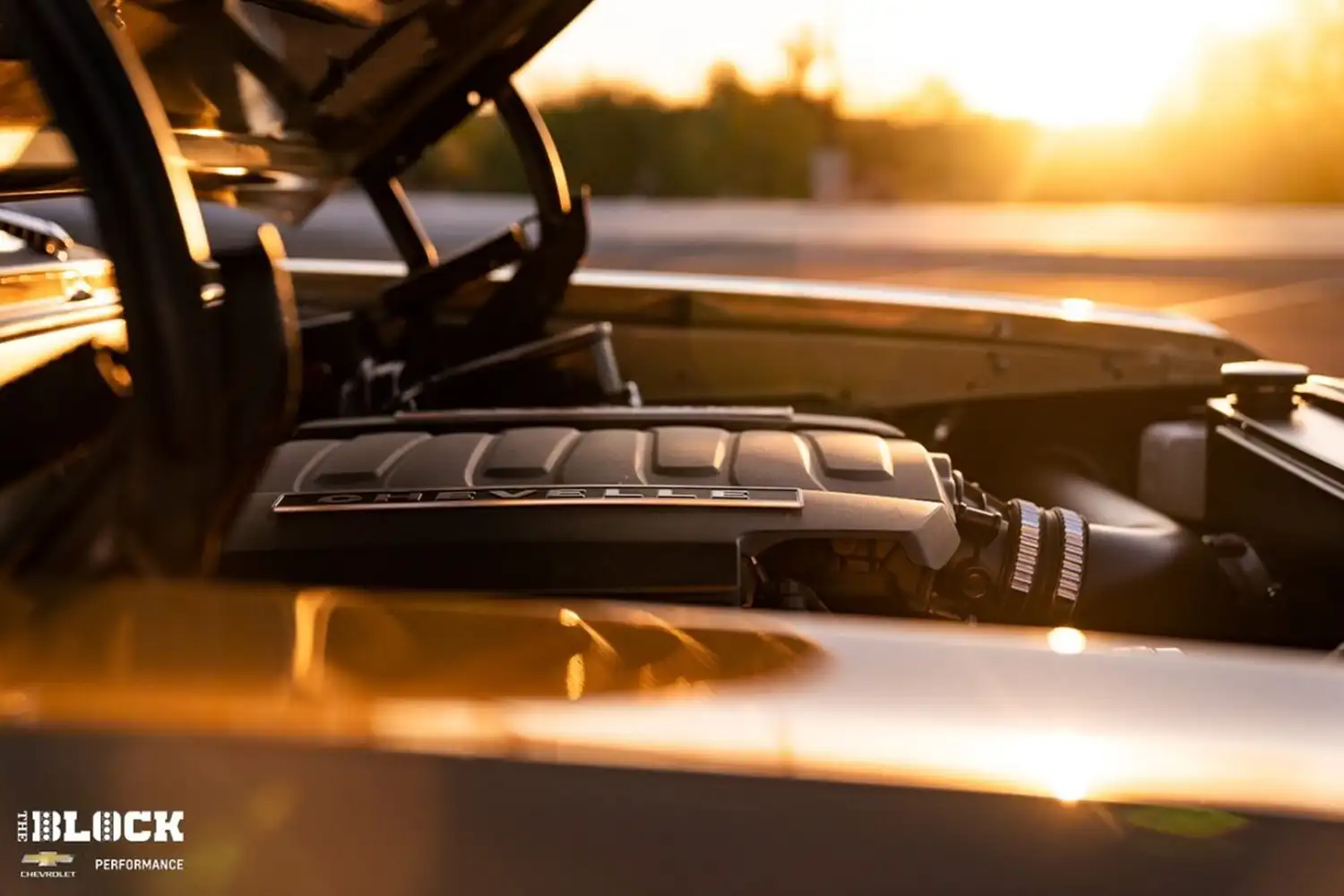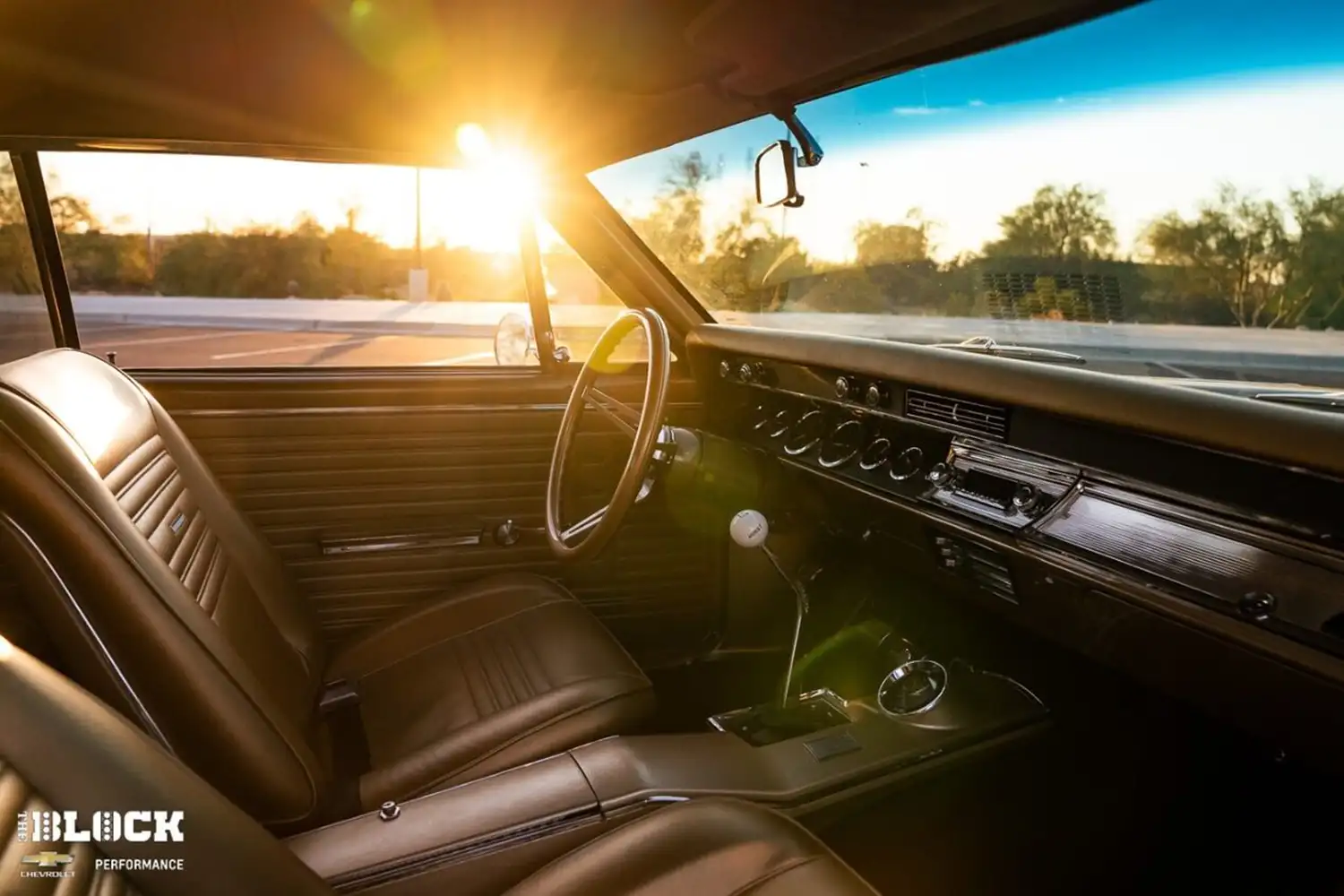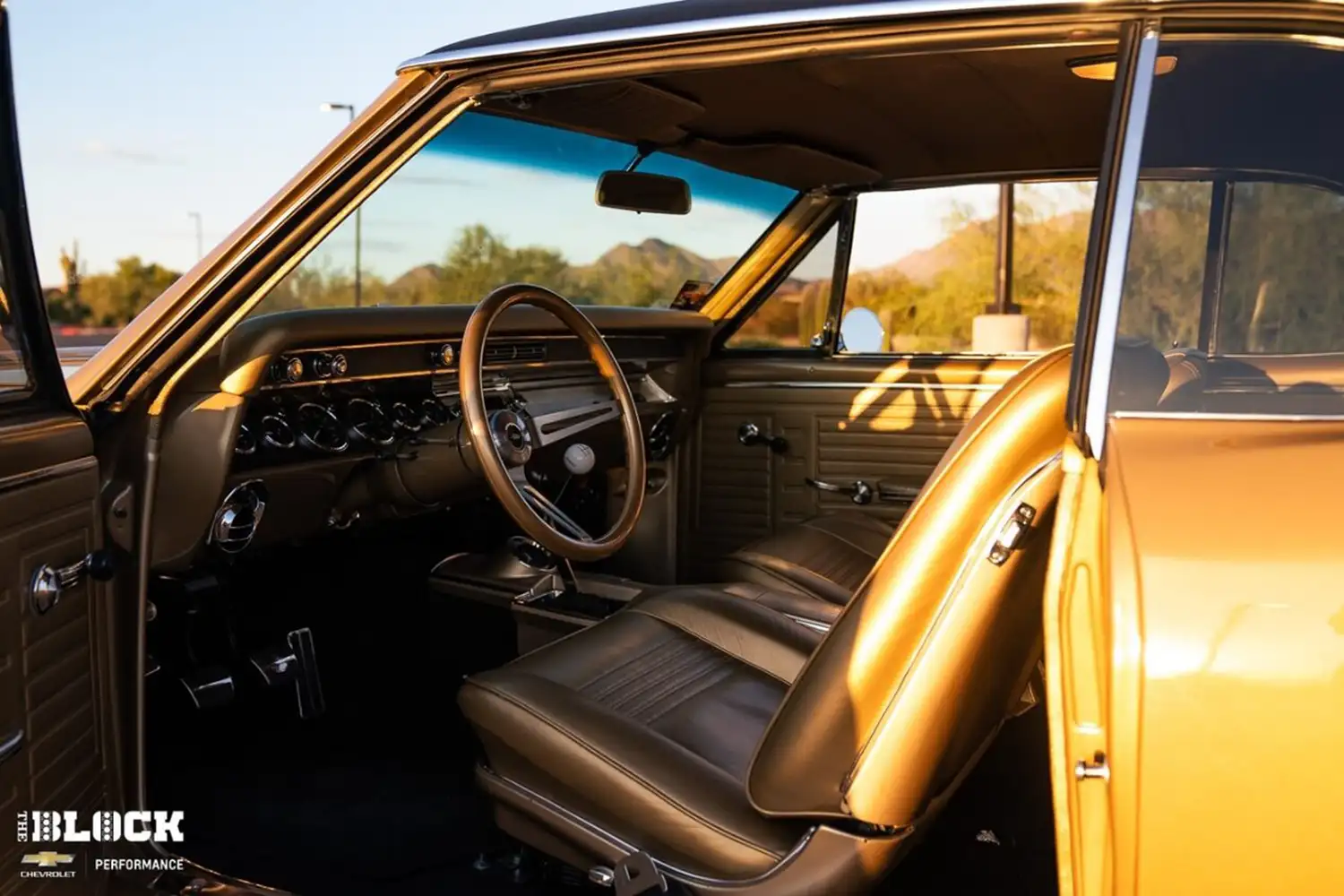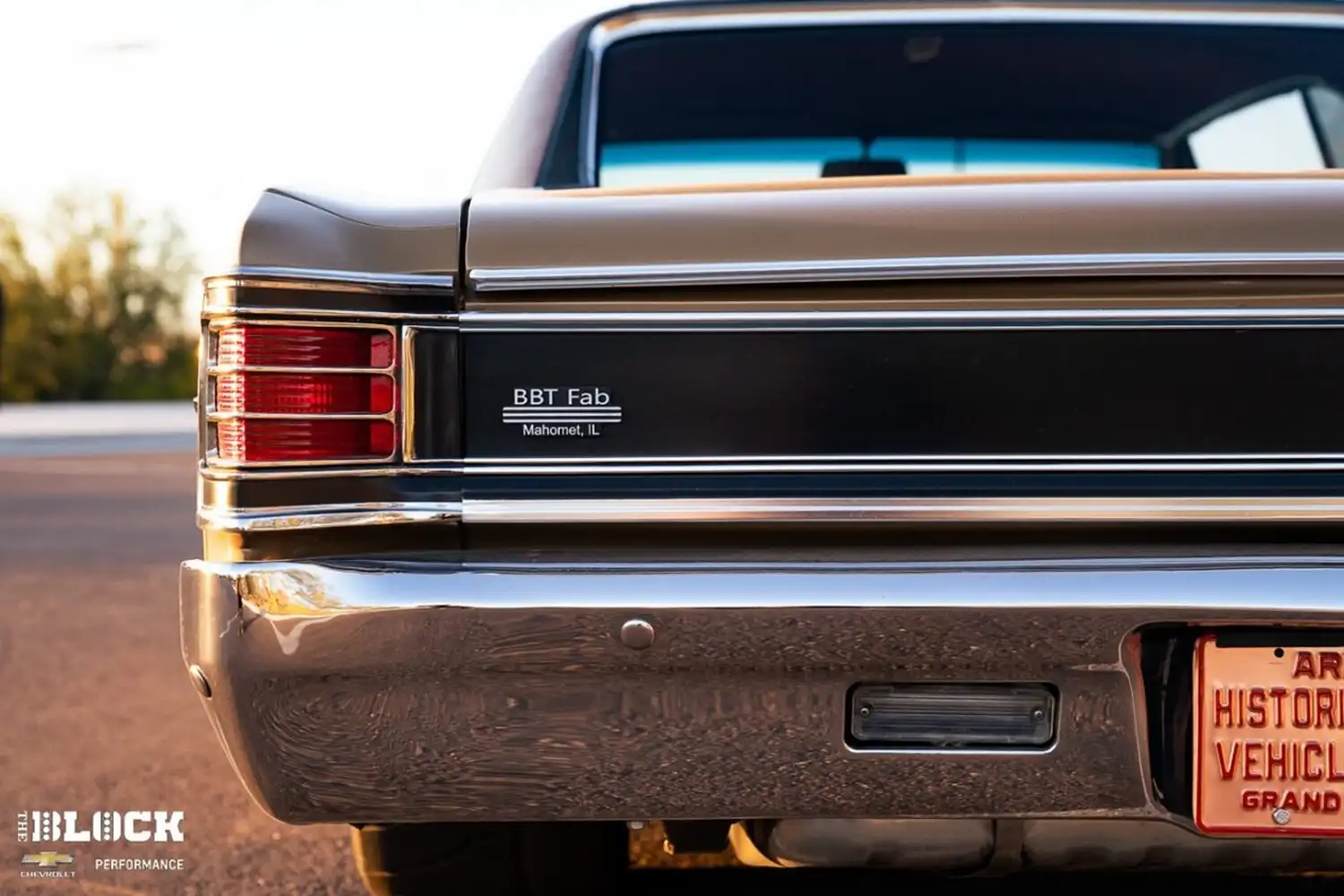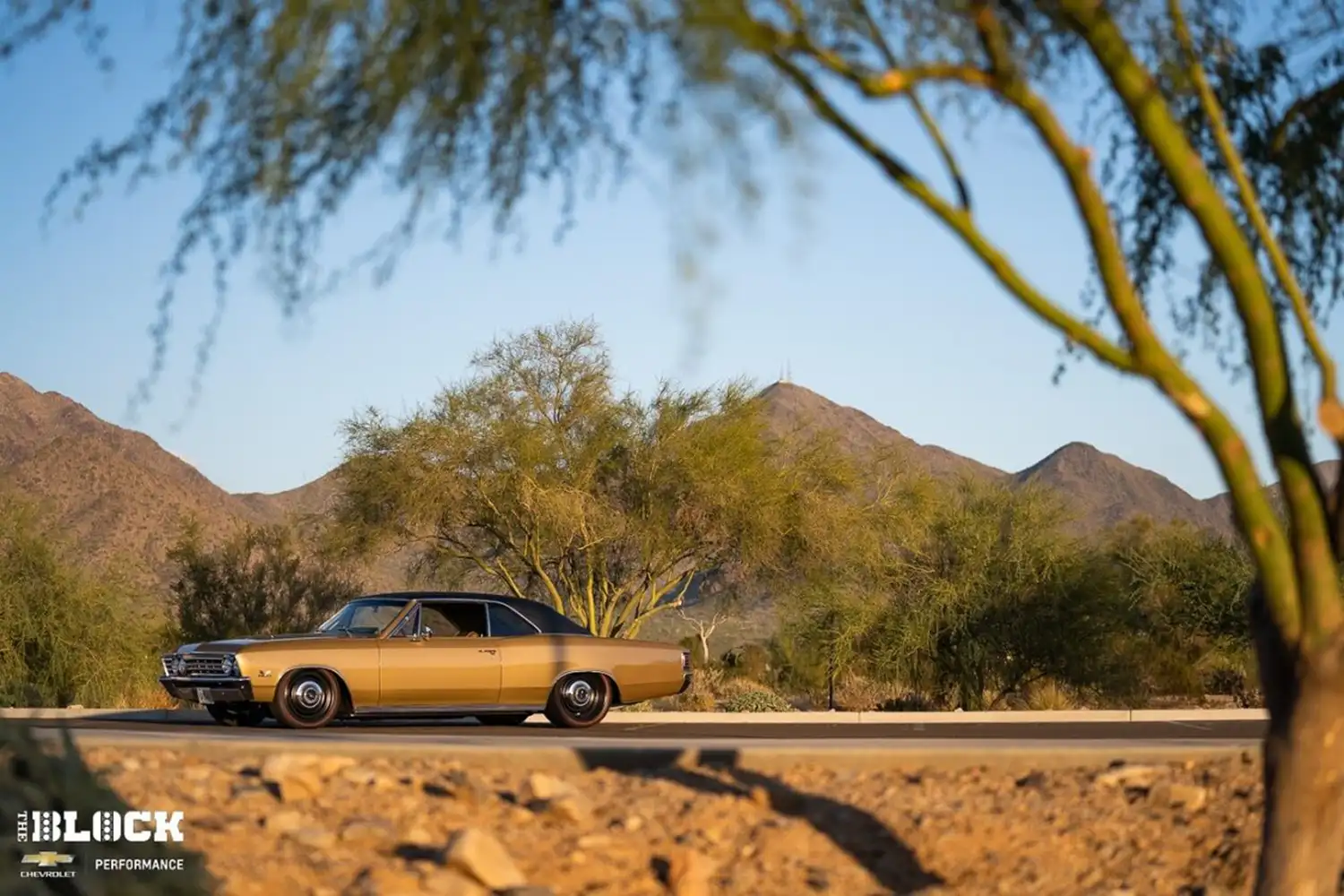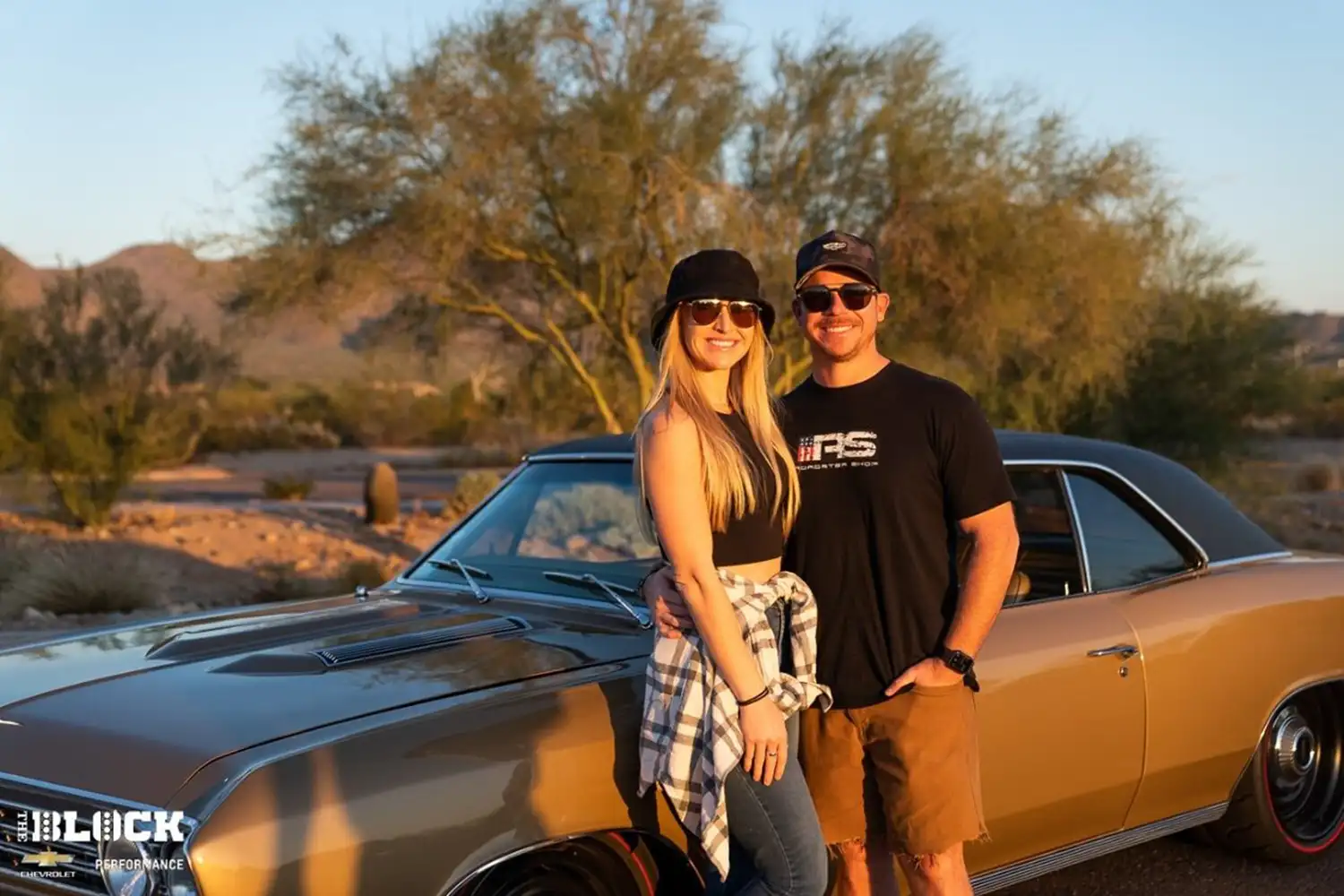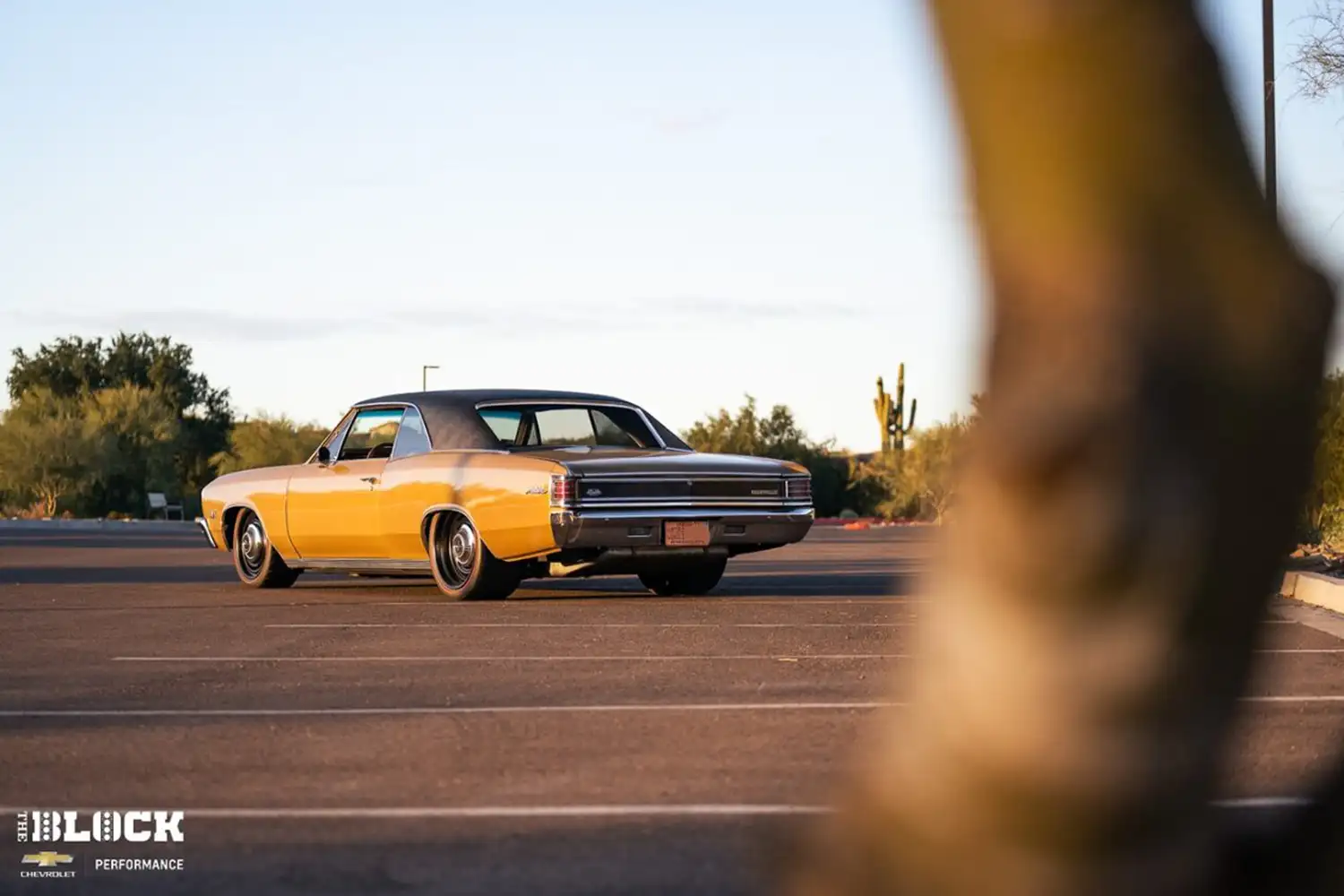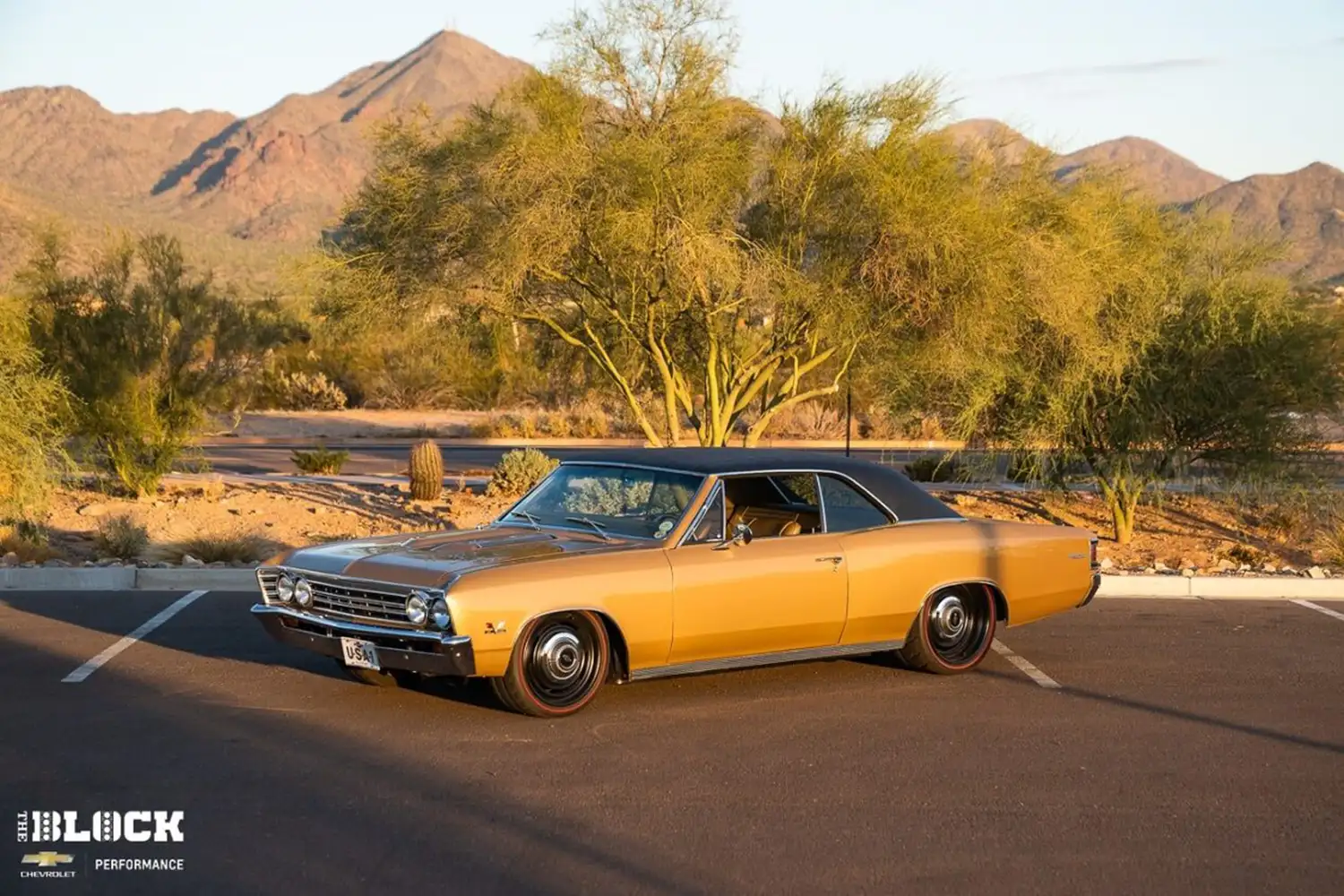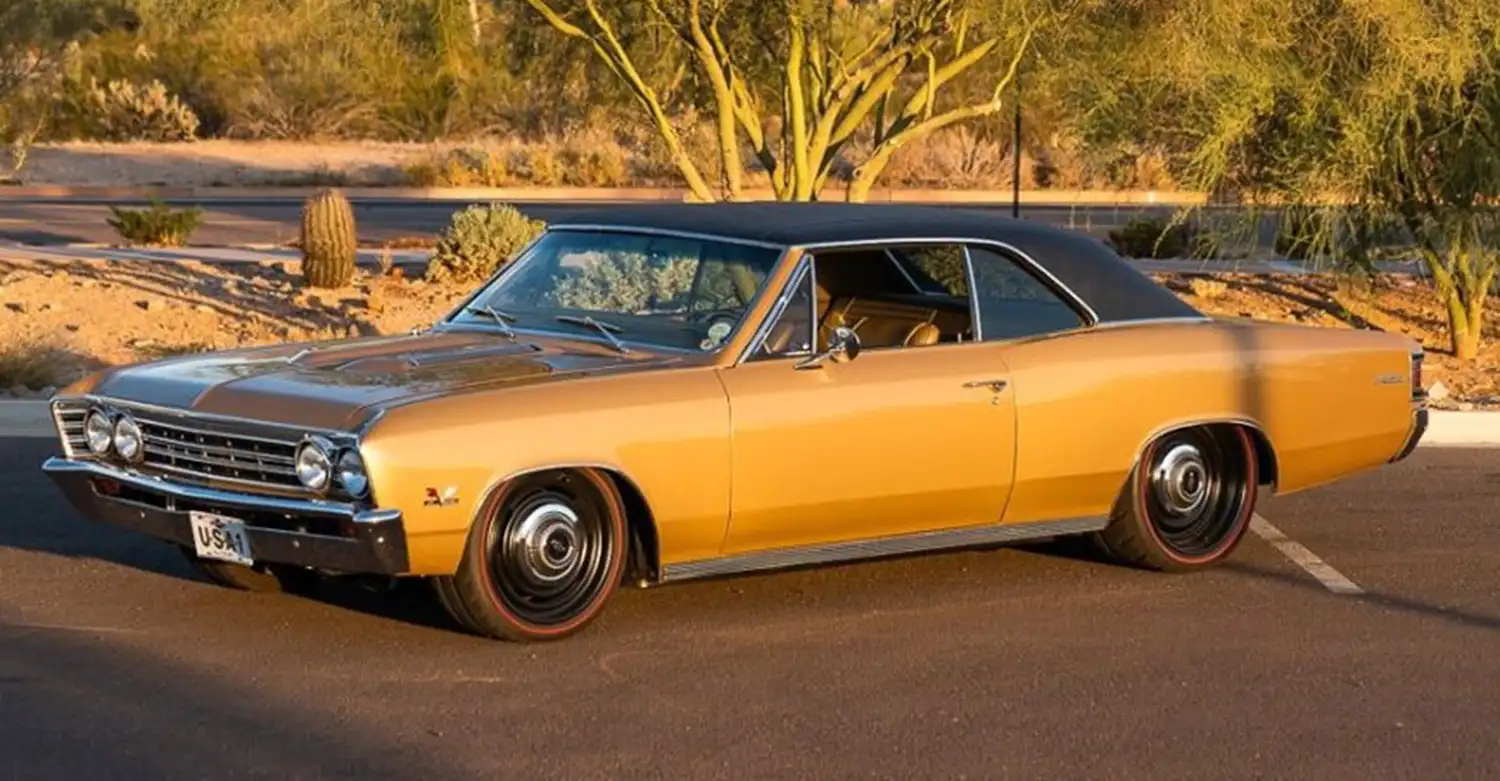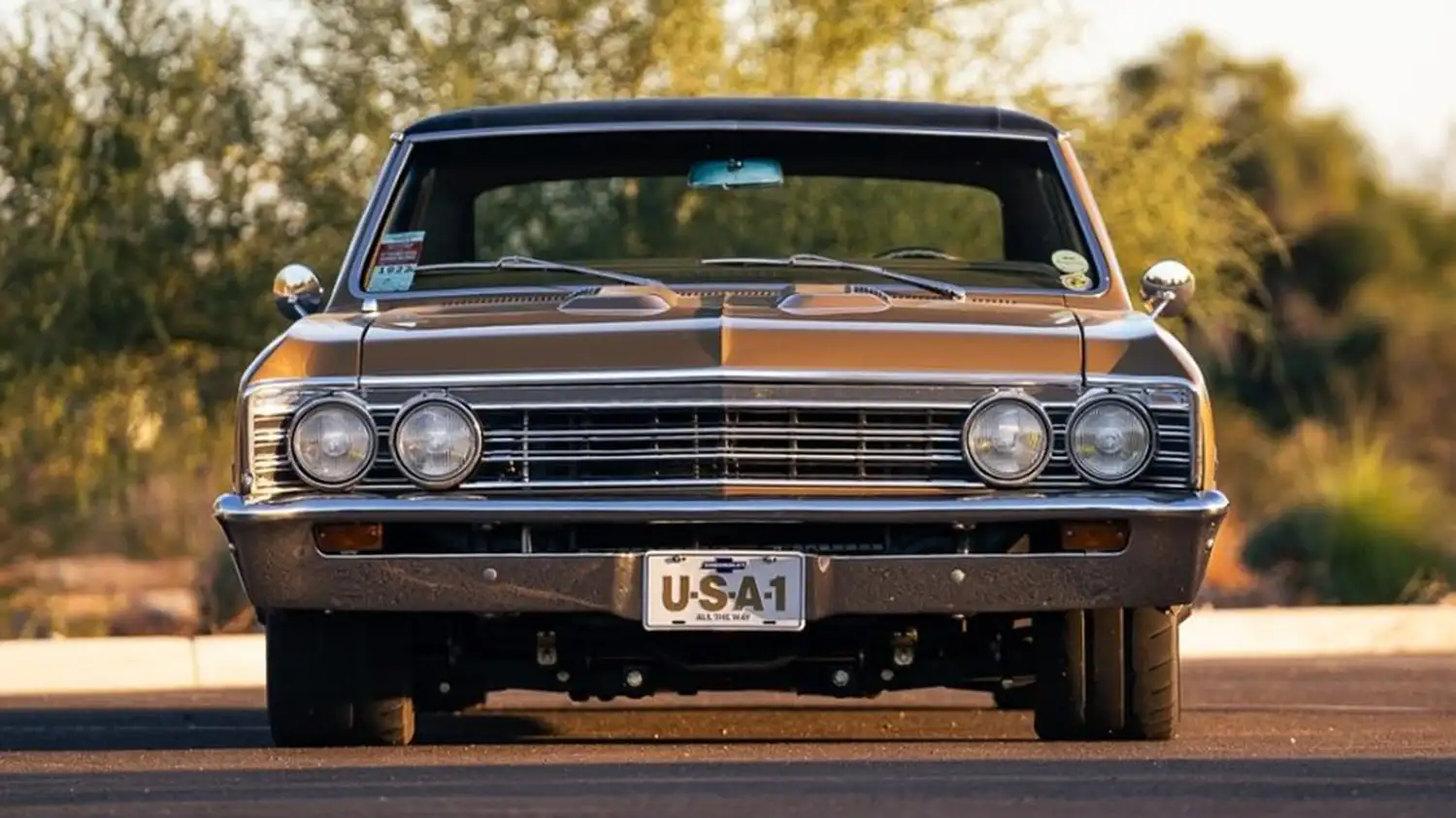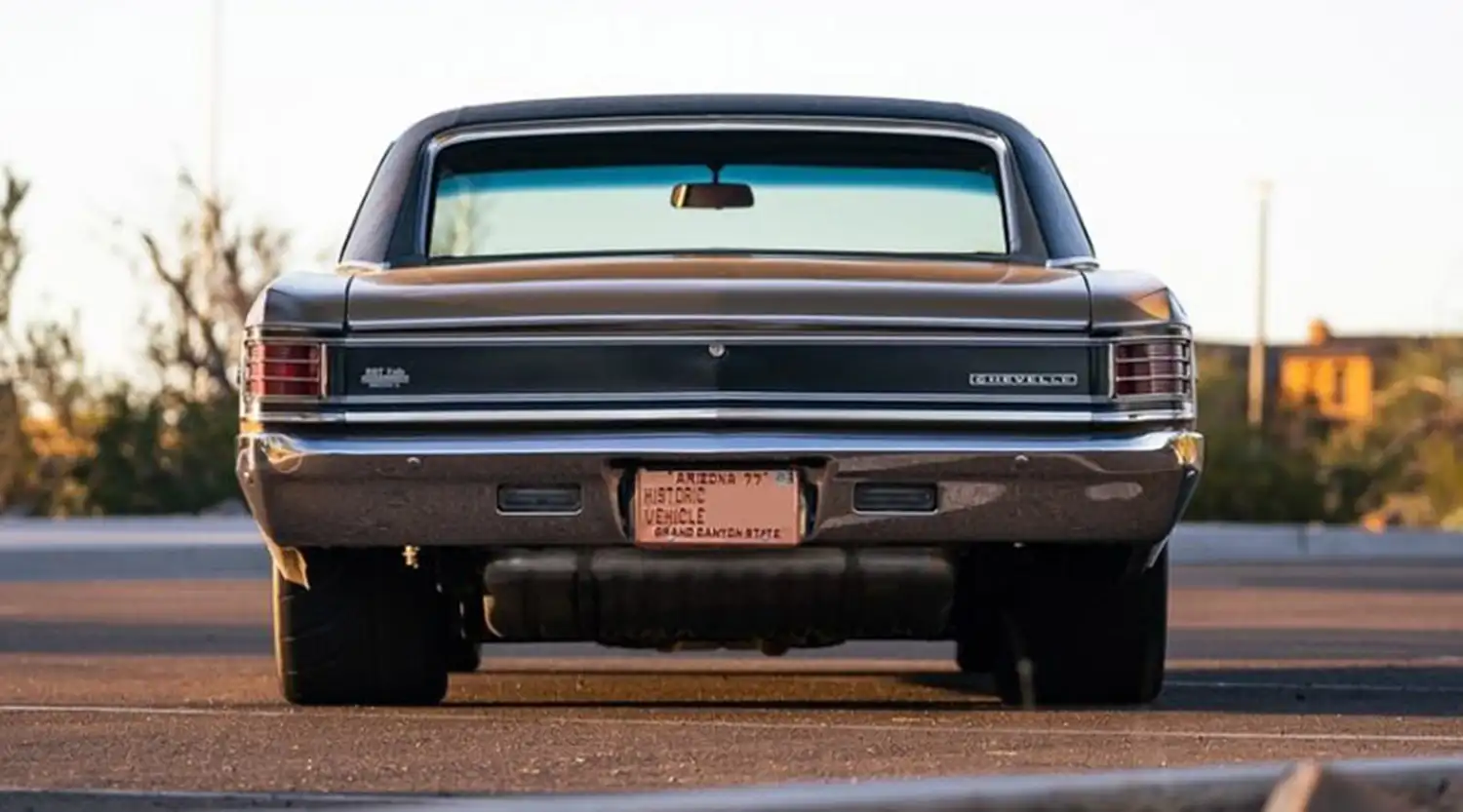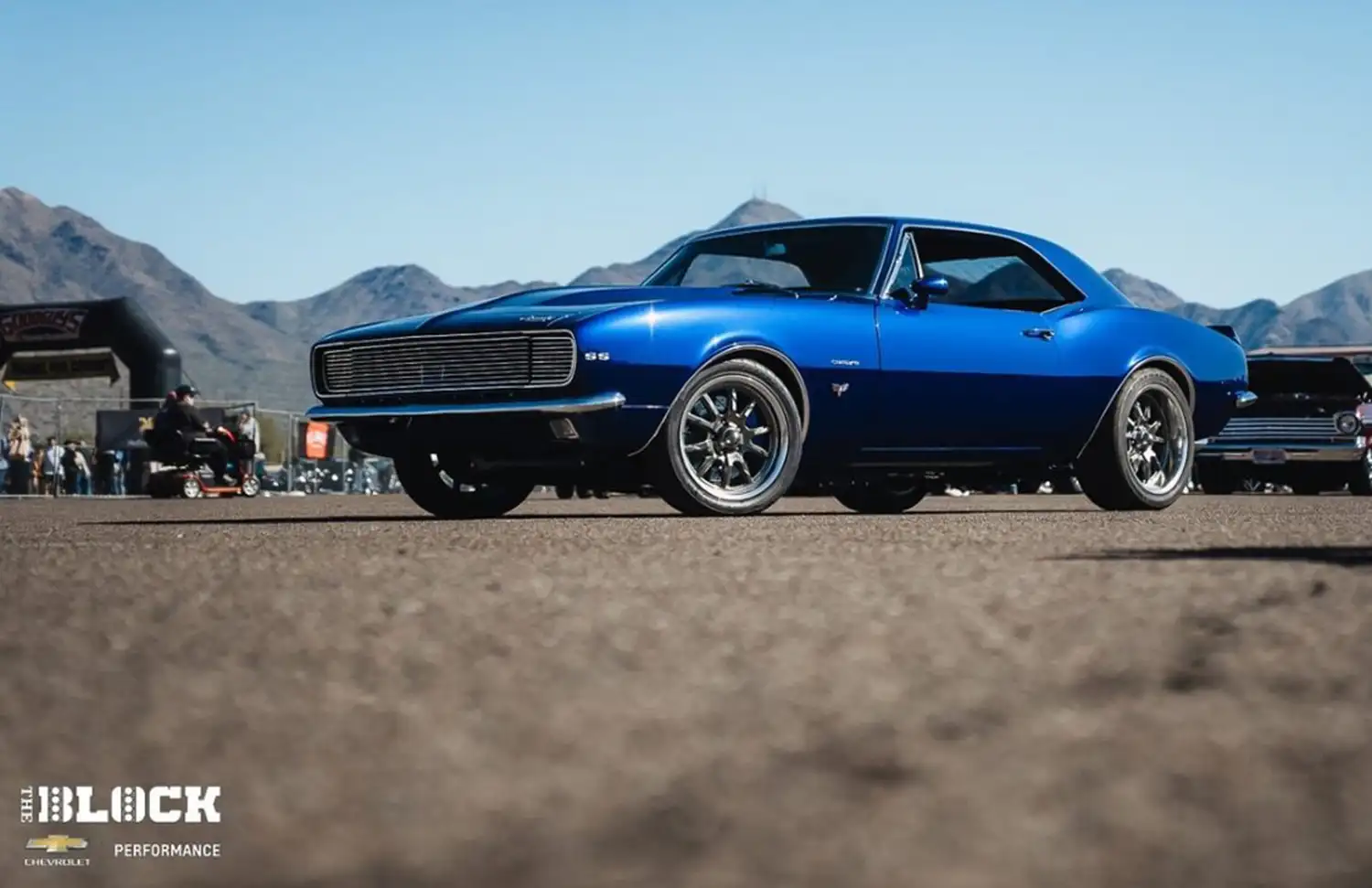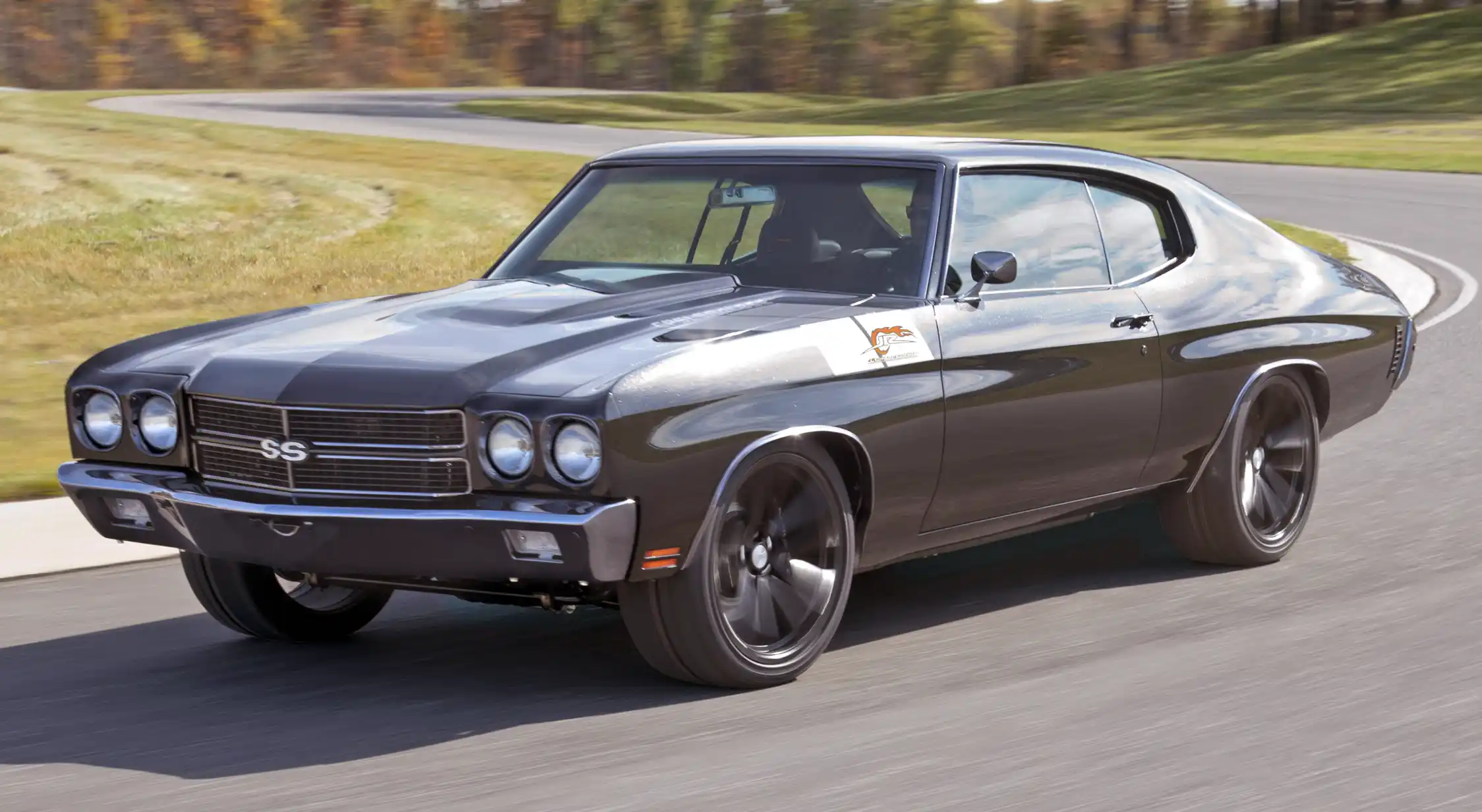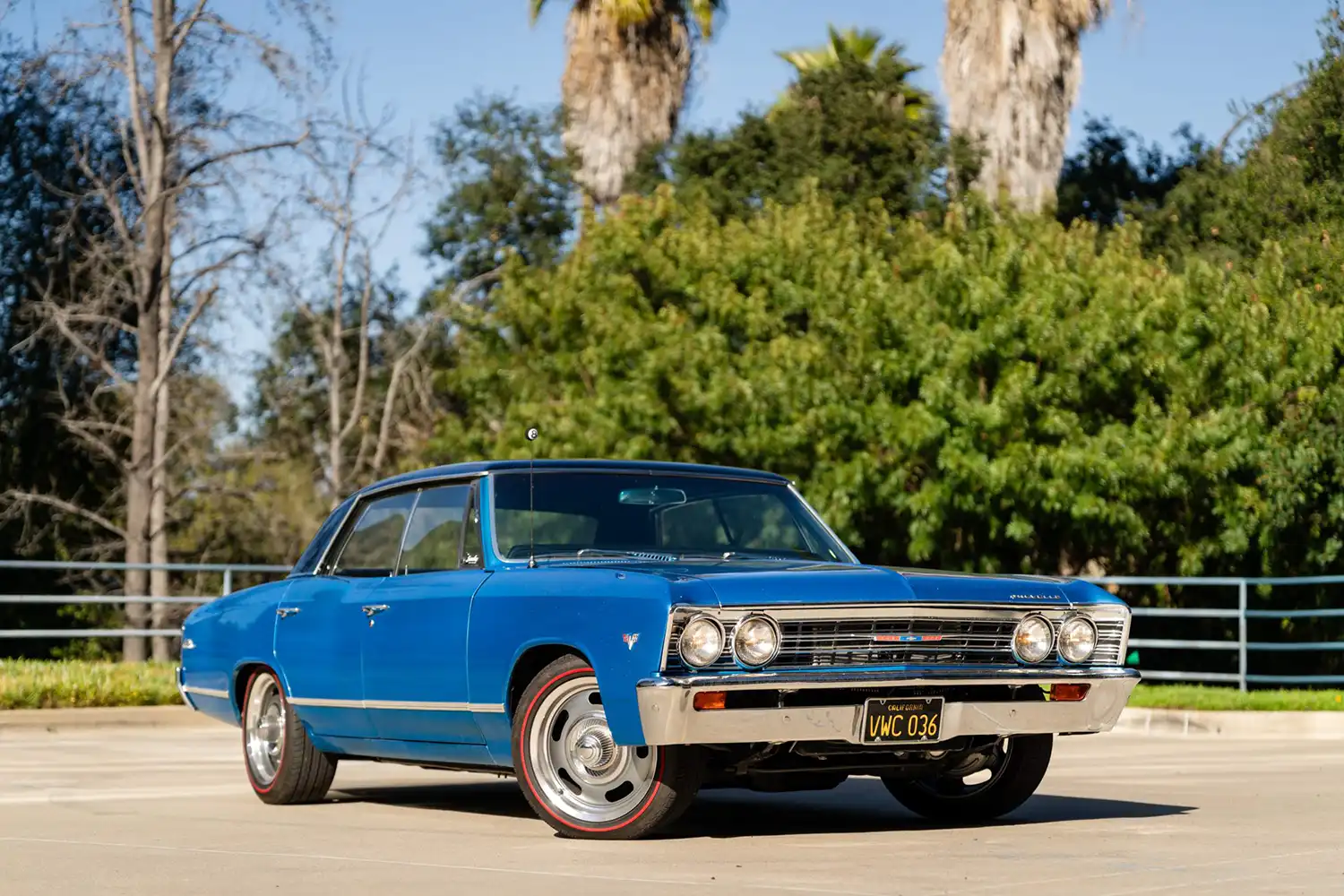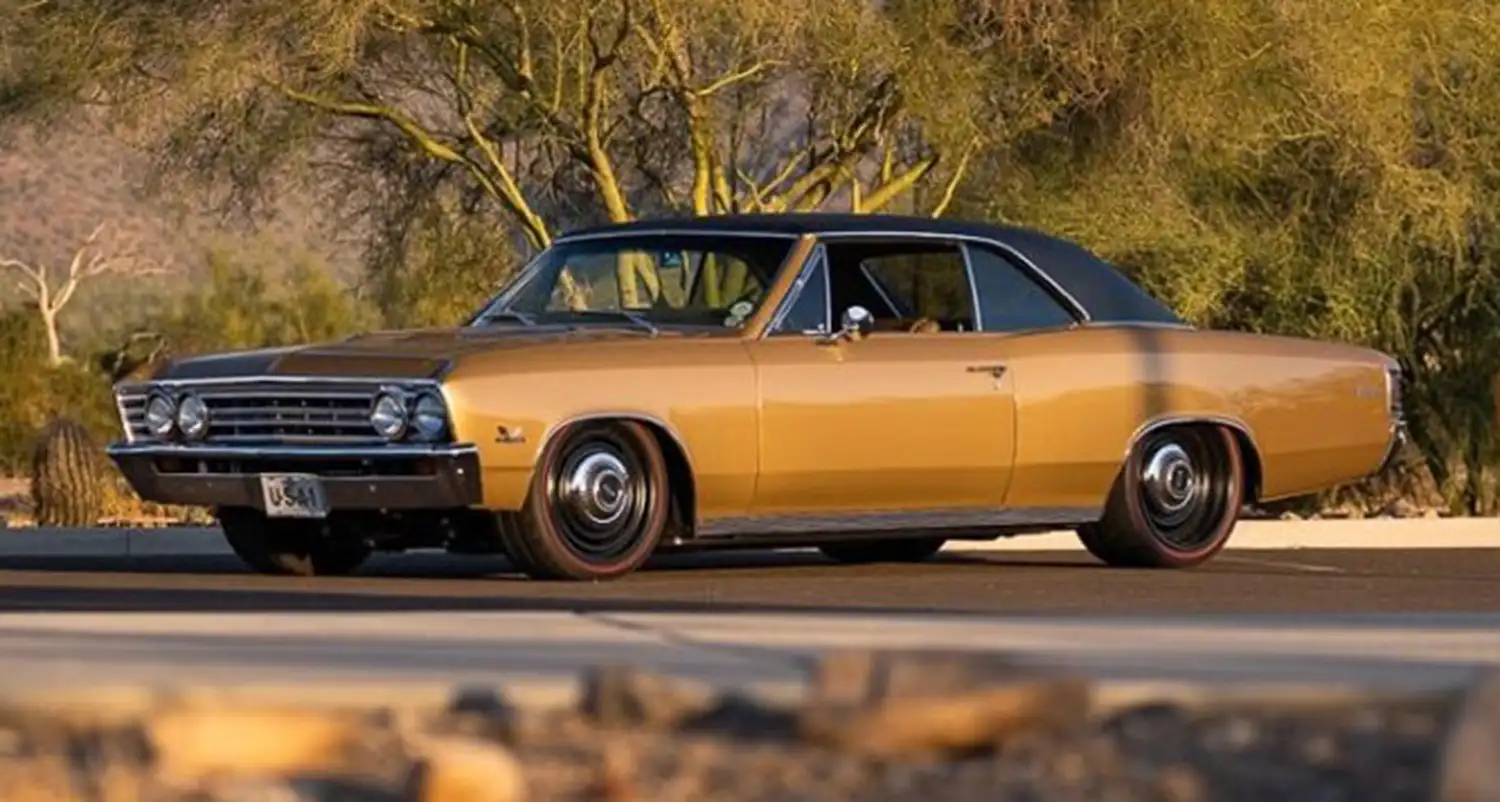
Jamison Johnson had a vision: a classic Chevelle with the power and performance of a modern muscle car. In 2020, he found the perfect candidate – a gold 1967 Chevelle Malibu – and enlisted the help of his close friend Troy Gudgel of BBT Fabrications to make his dream a reality.
Building a Restomod Masterpiece
The project, aptly named “Goldie,” transformed the Chevelle from a vintage ride to a restomod masterpiece. The original 350 cu-in. Small-Block Chevy engine was replaced with a Chevrolet Performance LT1 crate engine, a 6.2L powerhouse producing 460 horsepower and 465 lb.-ft. of torque. This modern marvel boasts direct injection and continuously variable valve timing for peak performance.
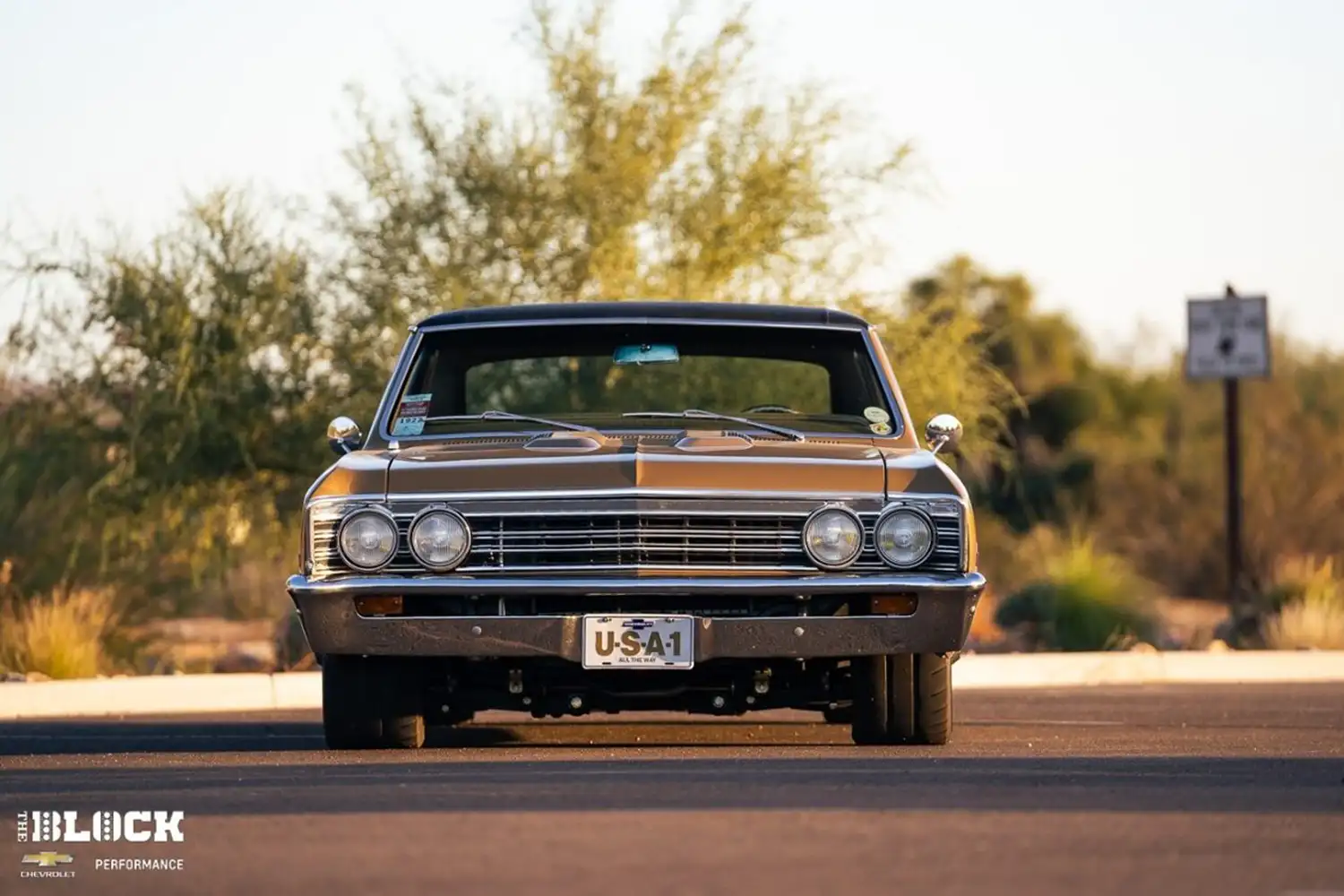
Beyond the Engine: A Symphony of Upgrades
But the LT1 wasn’t the only upgrade. BBT Fabrications outfitted the Chevelle with a Bowler T56 six-speed manual transmission, a Roadster Shop SPEC chassis with modern Corvette suspension geometry, and a Ford nine-inch rear end for enhanced handling and power delivery.
A Touch of Class: Preserving the Classic Look
Despite the extensive modifications, Goldie retains its classic charm. The gold interior, mostly original, complements the car’s timeless design. However, subtle touches like a color-matched CON2R steering wheel, ididit tilt steering column, and Speedhut gauges add a touch of modern luxury.
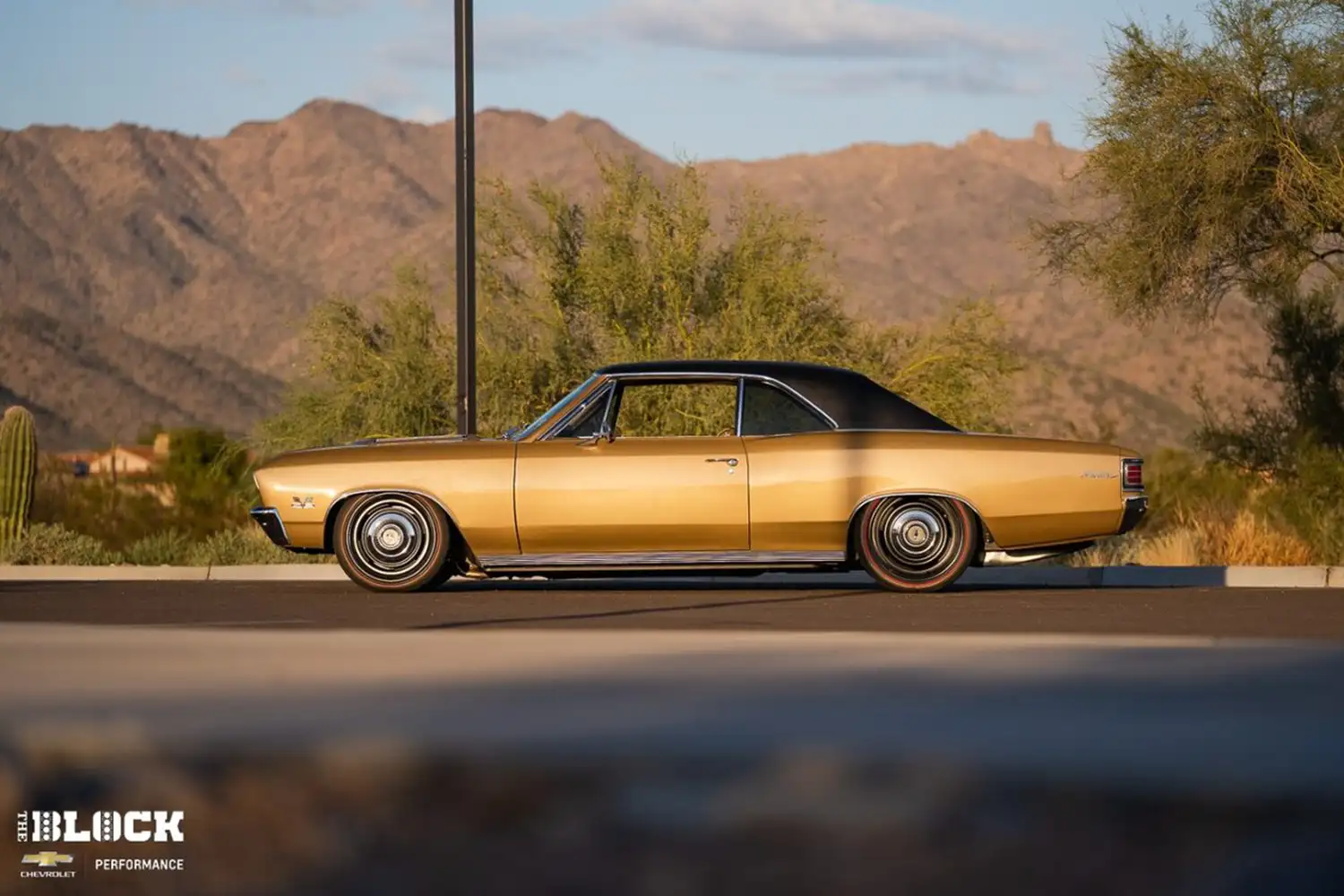
A Testament to Friendship and Passion
The story of Goldie is more than just a car build; it’s a testament to friendship and passion. Jamison’s dedication to the project, fueled by his love for cars instilled by his family, is evident in his hands-on involvement throughout the build process. Troy Gudgel’s expertise and BBT Fabrication’s capabilities brought Jamison’s vision to life.
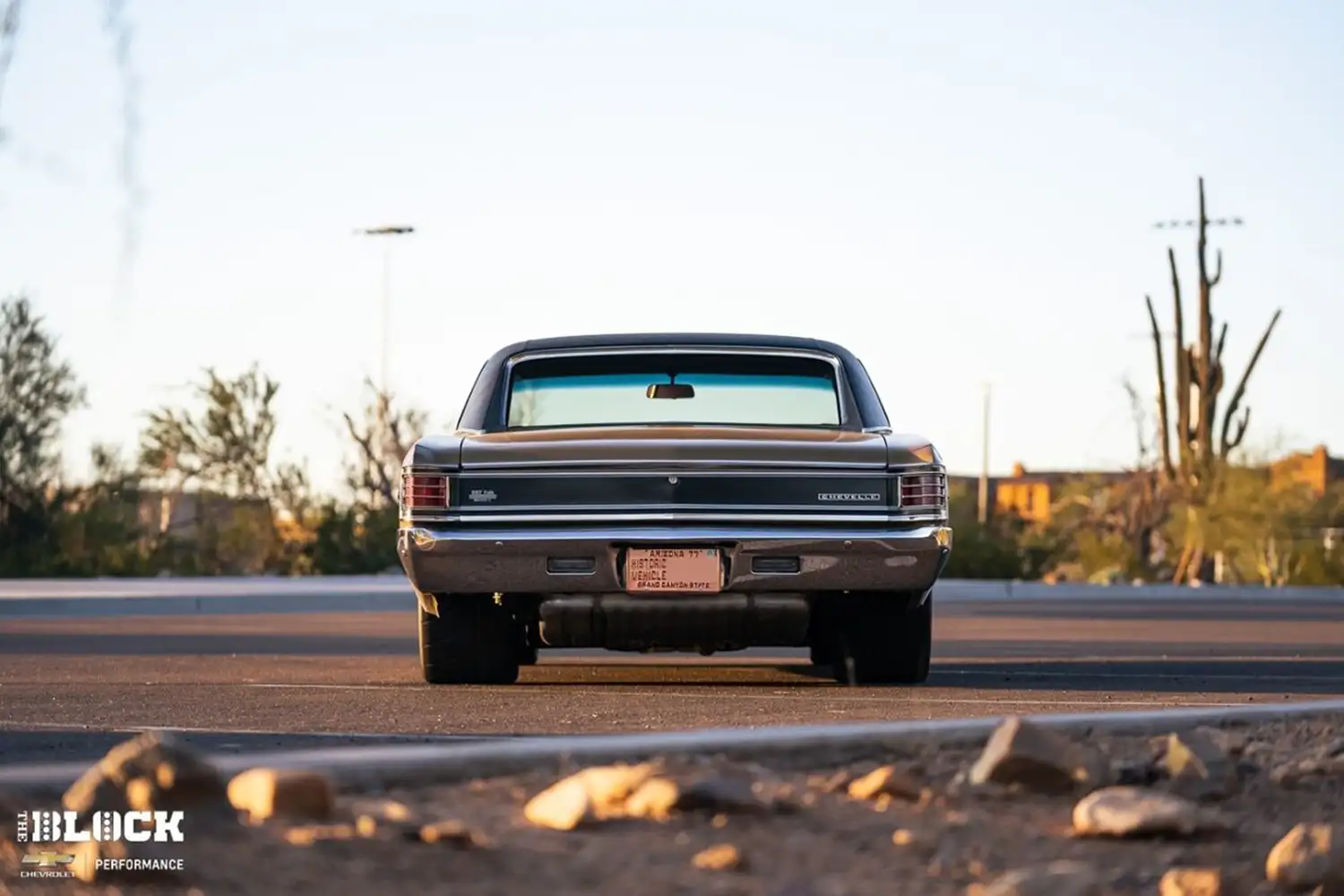
Goldie’s Accolades
Jamison’s Chevelle has garnered recognition at prestigious events like the Goodguys Summit Racing Nationals and the Goodguys Speedway Motors Southwest Nationals. It’s a crowd-pleaser and a shining example of how classic muscle cars can be reborn with modern technology, preserving their timeless appeal while delivering exhilarating performance.
Disclaimer: This article is intended to entertain and inspire car enthusiasts. The featured vehicle is presented as an example of a successful restomod project and does not represent a standard of performance, safety, or legality. Readers are encouraged to consult with qualified professionals and adhere to all applicable laws and regulations when modifying their own vehicles.
Source: Chevrolet/The-Block
This article was crafted with assistance from Gemini
